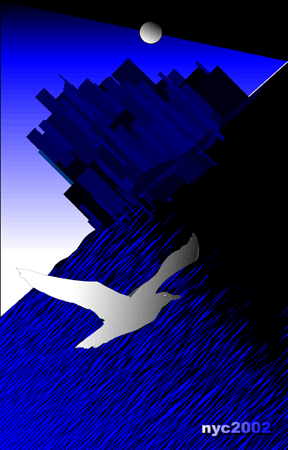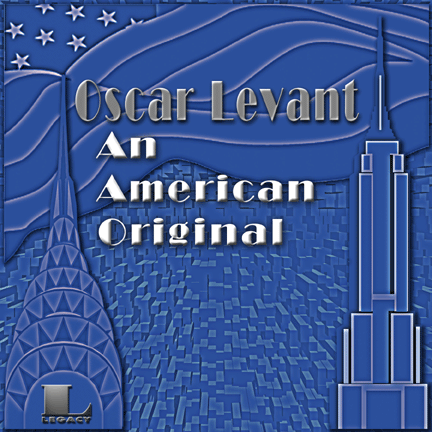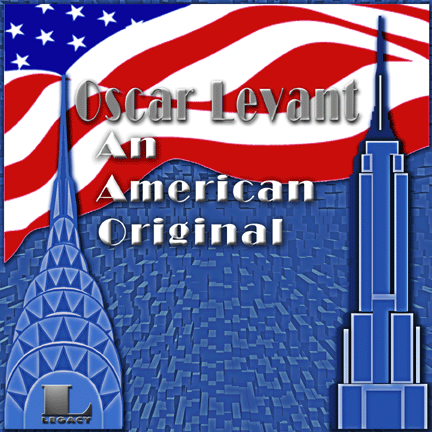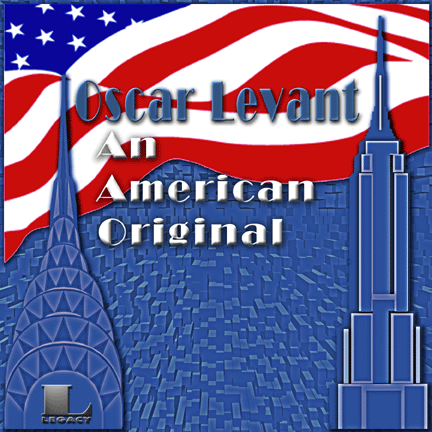
Sketch of Brian by Barbara Cranford
Dream Blankets •• Masks •• Male Images •• Fort Tryon •• The Cloisters •• Works-in-Progress •• Catalogues
Manhattan Group Publishers is pleased to allow you to sneak a peek
at what's going on in the workshop. On this page you'll find artwork and articles that, like their author and creator, are still in the process of becoming themselves.Here's where we invite you take part in the creative process by offering us your thoughts and ideas on what we've already done and on what is still taking shape. It is our suggestion that nothing is ever truly finished until it cannot change any further, a state that, if not moribund, is at least dull.
Don't forget to visit the Manhattan Literary Review Issue No. 2 Preview Page and our Gallery Preview Pages. Enjoy.
More artwork and a listing of recent and upcoming events can be found
on the More of What's New and the Events & Exhibits pages.
Newest Artwork & Works-in-Progress
Maiden Lane

Poster for nyc2002






More artwork and a listing of recent and upcoming events can be found on the More of What's New page.
 Reflections at
"Ground Zero" I have been going on hikes with the New York Hiking Club since becoming a member earlier this year. Two weeks ago I went on the thirteen-mile "Long Trail" hike through the New Jersey Palisades, just across the Hudson from northern Manhattan. Last weekend, on Saturday, members went on a shorter exploration of lower Manhattan, beginning at 23rd Street and continuing on down to South Ferry. This meant, of course, that we’d be skirting the area immediately surrounding "Ground Zero," something I had avoided doing, but which I knew eventually I must. At least I felt somewhat better doing so in company. Just south of Chelsea Piers, at 11th Avenue and Christopher Street, nearly a mile from the area of destruction, a smell traveled on the mild south wind, one that announced and identified itself at once. The odor was a peculiar one, comprising the smell of construction dust and the ozone-like acridness of an electrical fire, rather like a combination of plaster dust or gypsum and burning rubber. At the next corner, the smell was either less or more pronounced, but it was never absent, a specter not dispelled by even the sunniest of days or freshest breeze. At that point 11th Avenue was closed to traffic other than construction vehicles, the huge open trucks laden with the tangled and mangled debris of the World Trade Center. They queued up in long lines on 11th Avenue, while hoses damped down their contents, and waited to unload their cargo onto barges headed for the Fresh Kills (an unfortunate name) landfill on Staten Island, where the debris is being sifted. The stream of heavy trucks seemed endless, as though entrusted with a pointlessly Sisyphean task. Continuing east towards Broadway, with most of the north-south streets closed off and no cars permitted anywhere near the area, I saw barricade after barricade festooned with ribbons and flowers and school children’s posters. As crowds of people were channeled into the ever narrower streets of Manhattan’s oldest downtown section, it became difficult for our hiking group to stay together. Turning right onto Hudson Street, the hike leaders paused outside a small candy shop for members to get a snack or a bottle of soda. Even after six weeks the upper and lower shelves, all those out of easy reach, were coated with a film of white dust. At Chambers Street and West Broadway, just east of City Hall Park, we were afforded our first glimpse of the destruction. It is not something that’s easy to describe. Having worked only a couple blocks from the World Trade Center, what’s planted in my memory are the towers’ omnipresence. It had been difficult formerly to catch a glimpse or take a snapshot that would not include the twin towers or their shadows. They dominated whatever scene in which they were included. Now they are simply gone, and their absence is as monumental and overpowering as their presence once was, though in a way, now, that emphasizes human wickedness rather than human accomplishment. Those who relied on the towers to get their bearings when coming out of the subways uptown become turned around and have to ask others for directions. A landmark and signposts are missing from the horizon. Once near the area, however, I could not refrain from moving in as close as I was permitted. The streets around the still-smoldering mound of rubble and debris were thronged with people, sometimes five and six abreast, especially on Broadway. Approaching the scene from the north, I was going counter to the flow and had a difficult time of it. Our small group was now completely scattered. I was pressed against the storefronts, some open, some empty or shuttered, all of them still plastered with the remnants of the pathetic hand-drawn posters the victims’ families and friends had taped to windows, and doors, and lampposts. It was as though they believed the victims, merely stunned, had wandered from the scene and, without the towers to guide them, had lost their ways home. Some pedestrians perched themselves on barriers to get an unobstructed view of the charred ruins, a monumental pile of rubble and wreckage the size of a hill. Tears streaked a few faces; others, slipping into old habits, grew impatient with the slow stream of foot traffic. Still others seemed only to take a ghoulish interest in how much of the destruction they could capture on film. I took only a few pictures when my camera ran out of film, and though there were places to get more, I decided I would not need photos to remind me of what I had seen. Most of the small shops in the area remained shuttered. The windows of their upper floors were nearly opaque with whitish dust, a combination of ash and pulverized concrete that coated even vertical surfaces, everywhere, even blocks from the scene. Steady streams of water coursed through the streets, some from the hoses still soaking the debris to keep the dust down and others cascading from the facades of buildings that workers, attired in rubber rain gear, attempted to wash with pressure hoses. Shopkeepers vainly poured buckets of water on the sidewalks outside their shops to keep the traffic from carrying the dust and muddy water into their stores, sweeping the slurry into the gutter. At Broadway and John Street, just outside the police barricades, was a woman on a makeshift wooden platform dressed rather convincingly as the Statue of Liberty, complete with verdigris-colored face paint, torch, and book. She posed with onlookers and tourists, singly or in small groups, to have their photos taken. At her feet was a red-white-and-blue bucket for donations to the relief effort. She announced the day’s goal was eleven thousand dollars, a pitifully tiny amount considering the enormity of the destruction. Behind Miss Liberty, on Broadway, stood the back of St’ Paul’s Chapel, just on the other side of the barriers. While the chapel itself remained largely unscathed, the sycamore trees in the church yard looked tattered, thirsty, and wind-lashed, rather like the foliage one sees near where a building has been sandblasted. One of the larger sycamore trees, on Church Street, had been uprooted by the force of the collapsing North Tower and had fallen onto the tombstones. Port-a-johns for the construction and emergency workers lined the sidewalk at the bottom of the church steps like makeshift confessionals. St. Paul’s, the chapel where George Washington had prayed the night before his inauguration, looked out of place in this scene of orderly confusion and unmistakable devastation. Everywhere there were street vendors, mostly Chinese, Korean and Mexican, who sold red-white-and-blue ribbons, enameled American flag lapel pins, FDNY and NYPD baseball caps, and gaudy postcards and posters of the twin towers. I could not decide whether this was ghoulish or not, but the scene indicated that the spirit, if not the mechanism, of commerce in New York remains undiminished. Six blocks south, a journey that took half an hour weaving among the crowds, workers were sweeping and washing the roof of Trinity Church. Turning onto Wall Street, I was struck by how well-scrubbed and desolate the area looked. Even trash cans, possible hiding places for bombs, were absent. Metal barricades lined the curbs, to what purpose I couldn’t tell, since all motor traffic was prohibited in the area. Pedestrians could and did walk in the streets. I turned south on Broad Street where an enormous American flag draped the upper stories of the Stock Exchange. At Beaver Street I turned west again onto Bowling Green, where I met up with the other hiking club members. Having only had the chance to see it from the outside on earlier trips, I decided to go into the old U.S. Custom House, which now houses the Smithsonian’s National Museum of the American Indian, where I spent the small remainder of the afternoon before returning home, savoring the hushed quiet and the sparse crowds. At Battery Park, at the very tip of Manhattan, troops in number were stationed, apparently bivouacked in the park. On a gas cooker, two soldiers grilled meat. Other soldiers chatted with civilians outside the barricades near the entrance to the Lexington Avenue subway line. On my way back home on the other end of Manhattan, I stopped at my Russian barber in the Broadway-Nassau subway station on Fulton Street. I could not bring myself to go down to the World Trade Center environs without a better reason than getting a haircut. But now that I was there, and since I had time, I went to get a flat-top. Despite two months’ passing, my barber recognized me and chatted freely. He was down to two chairs from six before the attack, estimating his business was down 85 percent. I could not help tipping him generously, and wished him well. A haircut is only seven dollars. Next weekend I’m planning on going on a six-mile hike along the south shore of Staten Island and will no doubt get my first view from the ferry of the drastically changed skyline. I have been struggling, since the attack, to write about it. Since I do not feel comfortable writing about such overwhelming events, I spoke my piece on the more modest scale of a short poem, bringing it down to a more human scale.
Photos from "Ground Zero" © 2001 by Brian Skinner |
More artwork and a listing of recent and upcoming events can be found on the More of What's New page.
Dream Blankets •• Masks •• Male Images •• Fort Tryon •• The Cloisters •• Works-in-Progress •• Catalogues